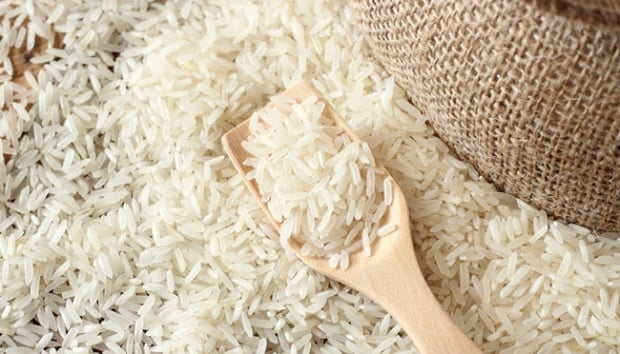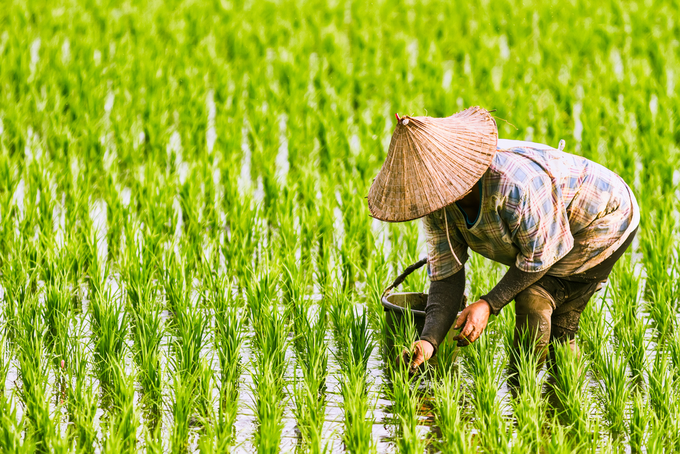Tags
Eat Like a Local: Here Are 5 Rice-Based Delicacies to Try in Indonesia
Reporter Baiti Wulandari

TEMPO.CO, Jakarta – Indonesia has been reeling with the discovery of adulterated rice among 212 brands out of 268 brands that have been tested by the government. According to Minister of Agriculture Amran Sulaiman, the tests were done across 13 laboratories due to the “sensitive” nature of the situation.
Rice is one of the staple foods in Indonesia, which people eat plain and cooked alongside side dishes. But it’s not the only common way to serve rice, as various signature culinary dishes and snacks use rice, including sticky rice, as the main ingredient.
Regions across the country have their own way to make these rice-based snacks, including lepet and wajik.
Rice-Based Culinary Delight
1. Lepet
Lepet is a traditional snack typical of Java and West Java made from sticky rice. The sticky rice is half-cooked along with coconut milk and pandan leaves, then mixed with grated coconut and cowpea. The mixture is wrapped in young coconut leaves, then steamed until cooked, according to the paper ‘Lepet: Indonesian Traditional Food for Eid Al-Fitr Celebrations.’
2. Wajik
Wajik is a snack made from sticky rice cooked with coconut milk and palm sugar until thick, then cut into diamond-like shapes. It has a chewy texture and a distinctive aroma. In Java, wajik is usually served at traditional ceremonies as a symbol of togetherness, according to ‘Unveiling the Cultural Significance and Development of “Wajik,” a Traditional Javanese Food.’
3. Lemang
Lemang is a traditional dish made from sticky rice cooked with coconut milk inside young bamboo. The processing is done by pouring sticky rice and coconut milk into bamboo that has been lined with banana leaves, then heated over a fire until cooked. Lemang is usually served as a family dish for the Minangkabau and Malay communities, cited in the journal report from Science Direct.
4. Ketupat
According to Hermanus Johannes de Graaf, a Dutch historian, in the book ‘Malay Annual,’ ketupat is a symbol of the celebration of Eid al-Fitr during the era of the Demak Sultanate led by Raden Patah in the early 15th century. De Graaf explains that the ketupat casing made of coconut leaves is used to show the cultural identity of the coastal area with many coconut trees.
5. Rengginang
Rengginang is made from dried sticky rice, then fried. This food has a crispy texture. Rengginang is a common delicacy in Java, including Banten. Rengginang is served as a snack and has social and symbolic functions for the Badui community, cited in the journal report from Atlantis Press.
6. Bacang
Bacang is a food made from rice or sticky rice, wrapped in bamboo leaves. This food is common for the people in Indonesia, as it is usually sold in traditional markets, alongside other snacks such as spring rolls and pastries.
https://en.tempo.co/read/2030523/eat-like-a-local-here-are-5-rice-based-delicacies-to-try-in-indonesiaPublished Date: July 21, 2025






